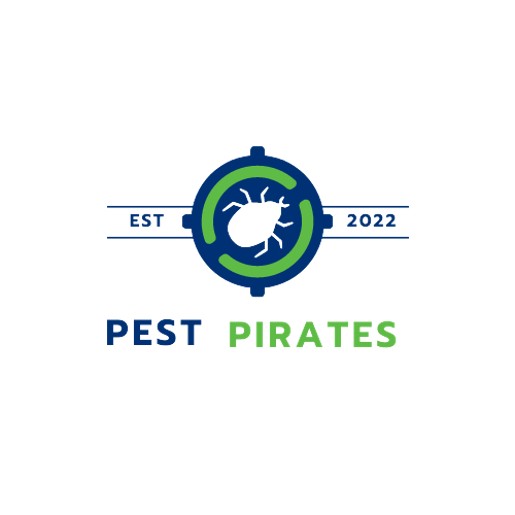
Understanding Termite Fumigation
Importance of Professional Pest Control
When you’re faced with a termite infestation, it’s crucial to understand the importance of enlisting professional pest control services. Termites are among the most challenging pests to eradicate, and attempting a do-it-yourself approach might not be enough to tackle the infestation effectively. Professionals come equipped with the specialized tools and extensive knowledge necessary to ensure your home is not only treated but also protected from future invasions (Green Home Pest Control).
Having an expert on your side means they can identify the types of termites you’re dealing with, understand their behavior, and determine the most effective treatment plan. Whether you’re dealing with drywood termites, dampwood termites, or formosan termites, a professional can address the unique challenges each species presents. Additionally, they can help you spot signs of termite infestation early on and advise you on preventing future issues.
Eco-Friendly Solutions for Termite Control
As a homeowner, you may be concerned about the environmental impact and the safety of termite treatment, especially if you have young children or pets. Fortunately, there are eco-friendly solutions for termite control that are both safe and effective. These methods prioritize the health of your family and the environment while still delivering the desired results (Green Home Pest Control).
One of the eco-friendly methods includes the use of bait systems, which target termites without the widespread application of chemicals. Best termite baits, diatomaceous earth, and beneficial nematodes are some of the products that fall under this category. Another option is the use of botanical treatments like neem oil and orange oil, which have natural termite-repelling properties. If you’re interested in making your own treatments, you might consider exploring homemade termite killer recipes.
For those who prefer not to use chemicals at all, heat treatment for termites can be a viable alternative. This method uses high temperatures to eliminate termites without the use of insecticides. It’s essential to work with a reliable termite control company that offers these eco-friendly options and can guide you through the process, ensuring the safety and effectiveness of the treatment.
By understanding the importance of professional pest control and considering eco-friendly options, you can take a responsible approach to termite management. This way, you not only protect your home from these wood-destroying insects but also maintain a safe living environment for your family and contribute to the well-being of the planet.
The Termite Fumigation Process
When you’re facing a termite infestation, understanding the termite fumigation process is crucial to effectively tackle these destructive pests. Here’s what you need to know to prepare for fumigation and the steps involved.
Preparing for Termite Fumigation
Before the fumigation begins, certain preparations are necessary to ensure the safety of your household and the effectiveness of the treatment. According to NPIC, specific steps must be taken, though they don’t detail what these entail. However, NixTermite provides a handy checklist:
-
One Day Before Fumigation:
-
Inform your gas company to turn off the supply.
-
Trim any shrubbery around your home to allow space for the fumigation tent.
-
Water the perimeter of your home to a depth of about six inches to protect your plants and prevent fumigant leakage.
-
On the Day of Fumigation:
-
Ensure all people, pets, and plants are removed from the house.
-
Open all doors between rooms to allow the fumigant to circulate.
-
Unlock all cabinets, closets, and drawers for the same reason.
-
Leave keys for the fumigation team so they can access all necessary areas.
-
After Fumigation Process:
-
Wait for the all-clear from the pest control professionals before re-entering your home.
-
Ventilate the house by opening windows and doors.
-
Clean all surfaces, utensils, and dishes before use.
For more detailed information, Orkin provides additional guidance, or you can contact NixTermite directly at 619-472-6666 with any questions.
Steps Involved in Fumigation Process
The fumigation process is a systematic approach that typically follows a set schedule:
- Tenting: The entire structure is covered with a tent to contain the fumigant.
- Fumigant Introduction: Sulfuryl fluoride, a common fumigant, is released inside the tented structure.
- Exposure: The fumigant needs sufficient time to penetrate wood and eliminate termites. This duration varies based on factors like the extent of infestation and size of the structure.
- Aeration: After the exposure period, the structure is ventilated to allow the fumigant to dissipate.
- Re-entry: A professional will test the air within the structure to ensure it is safe to return. This typically occurs the day after fumigation.
The exact schedule may vary, and Proven Termite Solutions indicates that variations are possible. Here is a simple table to help you visualize the process:
| Step | Action | Duration |
|---|---|---|
| 1 | Tenting the Structure | Varies |
| 2 | Releasing Fumigant | Varies |
| 3 | Fumigant Exposure | 24+ hours |
| 4 | Aeration | Several hours to 1 day |
| 5 | Safety Check and Re-entry | Post-Aeration |
For a comprehensive guide on tackling different types of termites, such as drywood termites, dampwood termites, or formosan termites, and understanding the signs of termite infestation, explore our extensive resources. Remember, while the termite fumigation process can seem daunting, with proper preparation and the support of a reliable termite control company, you can effectively rid your home of these pests and maintain a termite-free home.




